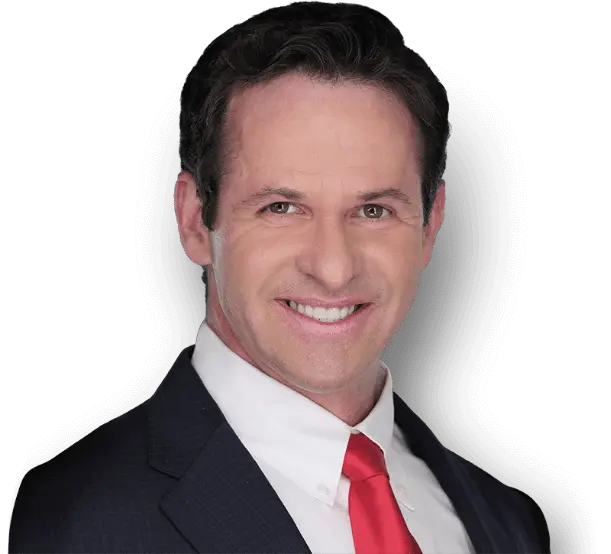Driving at night can be more challenging and dangerous than driving during the day. Limited visibility, fatigue, and impaired drivers are just some of the hazards Nebraska motorists face after dark. By being extra vigilant and following these night driving safety tips, you can lower your risks and travel more securely on Nebraska’s rural roads and highways at night.
Be Visible to Other Drivers
Make your vehicle as visible as possible to other motorists at night. Use your headlights on high beam whenever there are no oncoming vehicles. High beams allow you to see twice as far, up to 500 feet ahead. Dim your headlights within 500 feet of an approaching car and within 200 feet when following another vehicle.
Keep your headlights, taillights, and signal lights clean and aimed correctly to maximize your visibility. Dirty lenses can reduce light output by 90%. Also, make sure all exterior lights are working properly. Consider installing extra lighting to make your vehicle more conspicuous.
Reduce Speed and Increase Following Distance
Driving at night requires you to slow down. Vision is severely limited, so you won’t be able to react as quickly to hazards and other vehicles. Follow the 2-second rule minimum, allowing at least 2 seconds between you and the car ahead. Increase your following distance even more in bad weather.
Adjust your speed to accommodate reduced visibility and reaction time. Drive more slowly on winding rural roads than straight highways. Avoid glare from oncoming headlights by looking towards the right edge of the road. Be extra cautious in areas frequented by deer and other wildlife.
Stay Alert and Avoid Fatigue
Drowsiness and fatigue are amplified when driving at night. Your body’s circadian rhythms make you naturally drowsy after dark. To combat fatigue, be well-rested before a nighttime trip. Stop every 100 miles or 2 hours to get out and walk around. Rolling down the window and singing aloud can also help keep you alert.
Avoid heavy foods that can make you sleepy. Stay hydrated. Never drive if you’re too tired to focus fully. Stop driving and rest or switch drivers if needed. Drowsy driving causes thousands of crashes every year. Don’t become a statistic.
Watch for Impaired Drivers
You’re more likely to encounter drunk drivers at night, especially after bars close. Keep your distance from erratic, speeding, or slow moving cars. If you suspect a drunk driver, call 911 and provide a description, location, and license plate if possible. Don’t try to intervene yourself.
Use High Beams Correctly
Improper high beam use is a common mistake drivers make at night. Never use high beams when other cars are approaching or when following closely behind another vehicle. The glare can temporarily blind other drivers.
Dim your high beams whenever you come within 500 feet of an oncoming vehicle. Then switch back to high beams once the other car has passed. This lets you maximize light output while avoiding dangerous glare.
Reduce Interior Distractions
Limit interior distractions that can divert your eyes from the road at night. Adjust mirrors, climate controls, sound system, and navigation before you start driving. Refrain from eating, texting, reading maps, or other activities that can disrupt your focus in the dark.
Be Cautious of Animals and Pedestrians
Deer, livestock, and other animals pose hazards, especially on Nebraska’s rural roads. Use high beams when possible to illuminate eyes reflecting back in the dark. Slow down and be prepared to stop suddenly for crossing animals.
Also, watch carefully for pedestrians walking along or crossing unlit roads. Pedestrians can be very difficult to see at night. Reduce your speed and scan the roadsides in areas where people may be walking.
Maintain Your Vehicle
A well-maintained vehicle is vital for safe night driving. Replace old windshield wipers that can smear and reduce visibility. Make sure all lights are aimed and working properly. Rotate and align your tires for maximum responsiveness and braking traction.
Check your battery, fluids, belts, and hoses. Make any needed repairs promptly. Good tires and properly functioning brakes are critical when driving at night.
Practice Defensive Driving
Apply smart, defensive driving techniques after dark. Be alert for hazards that are harder to see, like potholes, debris, or a vehicle stopped on the shoulder. Give parked cars extra space in case doors open or pedestrians step out.
Avoid using cruise control at night, which reduces your control. Drive in the center lane if possible so you have more reaction time if an animal darts out from the roadside.
Stay focused solely on driving. Don’t let passengers or phones divert your eyes from scanning for potential trouble. With caution and focus, you can manage the increased risks of night driving.
Consult a Personal Injury Attorney After an Accident
If you are injured in a crash caused by a negligent driver, contact Monge & Associates for a free case evaluation. Our qualified personal injury attorneys have years of experience helping accident victims recover damages throughout Nebraska. With 32 offices located in 19 states, including Nebraska, Pennsylvania, and Maryland, we have the resources and expertise to analyze police reports, establish fault, prove negligence, and pursue maximum compensation for your injuries and other losses.
Reach us anytime at (888) 477-0597 to find an attorney near you. With Monge & Associates by your side, you can focus on healing while we fight to get the money you need and deserve.
